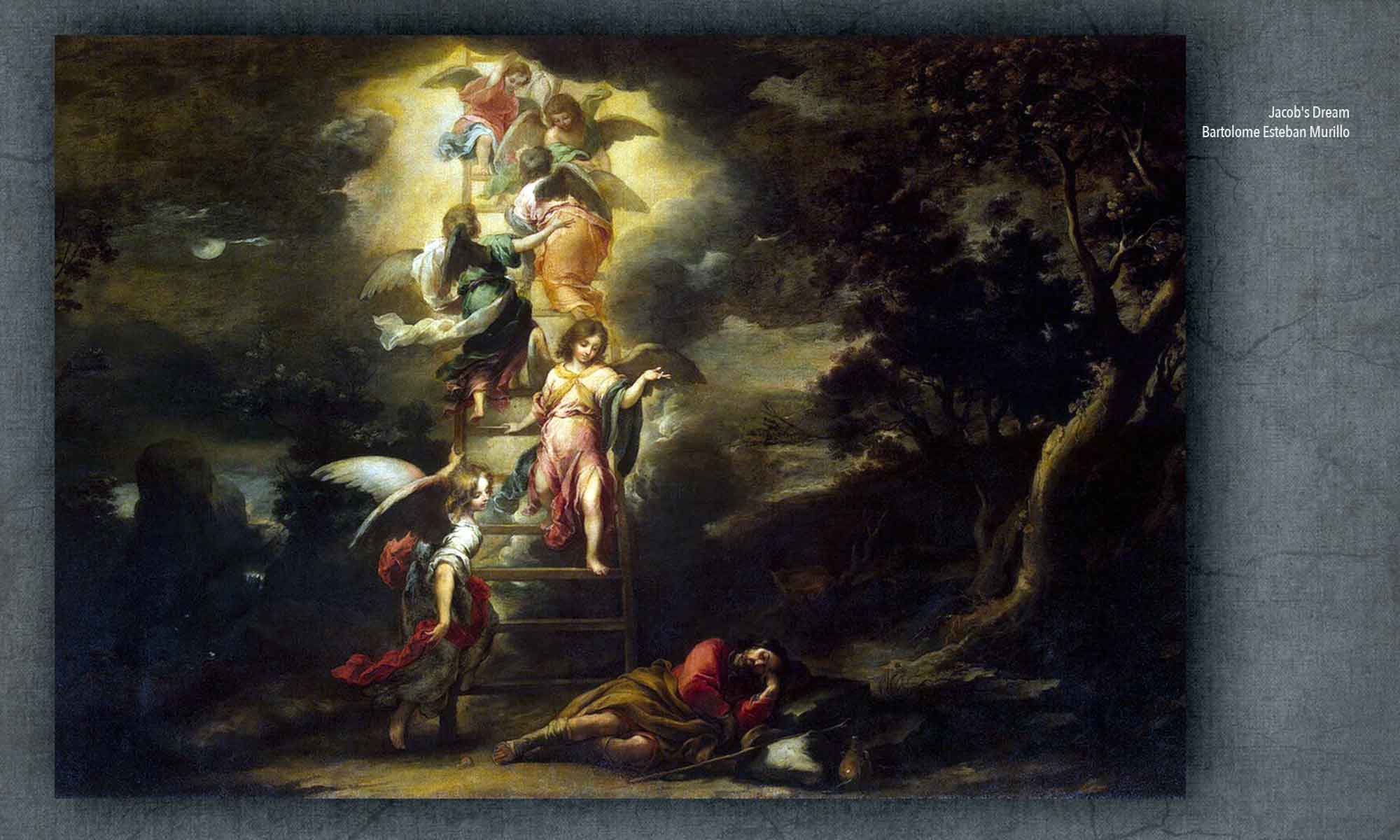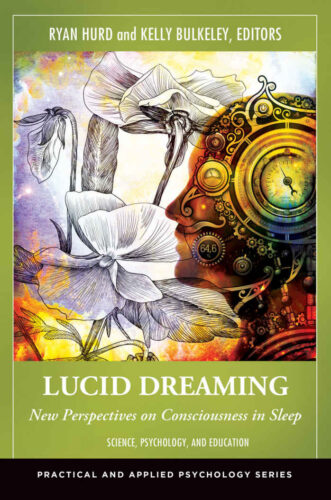
What makes us happy in our dreams?
Dreams often have lots of unpleasant content—aggression, misfortune, negative emotions. Even people with peaceful lives can have disturbing nightmares about potential dangers on the horizon. Dreaming becomes even more negatively toned during times of actual crisis, such as the present.
Not all dreams are distressing, however. Many dreams are emotionally neutral, without strong feelings one way or another. A few dreams express happier feelings, sometimes intensely so, with as much emotional clarity and vividness as any nightmare. Researchers usually pay little attention to such dreams, despite their strong and lasting impact on people’s waking awareness.
How often do people have happy dreams? What occurs in the dreams to make them happy? Are there any recurrent themes or scenarios?
Some initial answers to these questions come from exploring the dream collections in the Sleep and Dream Database. According to the SDDb baseline frequencies of word usage in dreams, 8% of ordinary dreams include at least one reference to happiness, women’s dreams slightly more than men’s dreams, 9.1% vs. 6.3%. (These percentages closely parallel the findings of the Hall and Van de Castle norms; see reference at the end.)
Looking at specific sets of dreams, references to happiness appear in 10.3% of the reports of 25+ words in several hundred “most memorable” dreams from children ages 8-18. A few recurrent themes stand out: social gatherings with family and friends; playing with pets and other animals; having an amazing adventure; early romance; and experiencing something very lucky or fortunate.
“I had a dream I was at the beach with my family. We were playing football in the sand and everyone was so happy. It was a good time. At the end we went out to eat.”
“When I was 14 years old I had a dream that my three best friends were with me in New York City. We were chasing a rubber ball around the city. I felt light and happy in the dream because I was with my friends.”
“I have a lot of dreams about space. I see myself making rockets that will go into space and feel happy that I can do this.”
“I was at my house and a bunch of dogs were surrounding my bed. I was so happy because I love dogs. I was 9.”
Looking at a set of several hundred “most memorable” dreams from adults, happiness appears in 7.5% of the reports of 25+ words, a little less than in the children’s dreams. The same themes found in the children’s dreams also appear in this set: fun social gatherings, new discoveries, amazing powers. What’s interesting with the adult dreams is how often the reference to happiness occurs in the context of a visitation dream, when someone who has died returns to visit the dreamer.
“In my dream I was on vacation with my wife and son and all my good friends and family had different parts in the dream. I can’t remember where we were on vacation, but I do remember that it was in the mountains and then by the beach. Colors were mostly blue and green and I remember being very happy.”
“I can’t recall a specific or memorable dream, just general themes, such as being able to fly or hover. In these dreams I am usually able to move comfortably or freely over landscapes. I feel free, in control, happy.”
“I am cleaning my home and discover a stairway that leads to a large room I had not been aware of before. I have dreamed this all my life. In my dream I am very pleased about the new large space.”
“my mother who passed away several years ago came to and told me it was time to move on with my life she was happy and she gave me a big hug the hug felt so real i woke up.”
“Shortly after my Mom died, I had a dream that I had a picnic with both my Mom and Dad on a beautiful mountainside filled with many blooming flowers. My dad had died 13 years earlier. It was very soothing for me to see them happy together. They appeared to be in their 30s and were happy and healthy. The setting was beautiful and made me feel peaceful about them together in heaven with God.”
A few suggestions arise from this brief foray into digital dream research.
First, when you have a happy dream, be grateful. It’s a rather rare phenomenon.
Second, consider what makes you happy in your dreams and how it relates to what makes you happy in waking life. Are they different, or in sync? Guided by happiness in dreaming, can you seek similar experiences of happiness in the waking world (without being too literalistic about it)?
Third, does this knowledge about happiness in dreaming give you any ideas about how to bring new experiences of happiness to other people in your waking life? Ponder the following dream report:
“About three years old, I dreamed of being surprised by a little cocker spaniel puppy sitting in a basket underneath my mother’s sewing machine. He woofed, jumped out and licked my face wagging his tail. I was SO happy to see the cutest puppy ever, and knew it was for me. He seemed so REAL it propelled me to jump out of bed to go pick him up. Of course he wasn’t there anymore, and when I was unable to find him in any of the other rooms, I ran to my parents who were still in bed and begged them to help me find where he went. Even after they explained it was only a dream, I kept looking around corners. For days I remember still hoping he would pop up. ASIDE: After work one day, my dad ended up bringing home a puppy just like the one in my dream.”
Note: this post first appeared in Psychology Today on July 22, 2020.


 Lucid Dreaming: New Perspectives on Consciousness in Sleep (2014)
Lucid Dreaming: New Perspectives on Consciousness in Sleep (2014)

 In recent weeks, many Americans have been dreaming about police, protestors, and frightening acts of violence and destruction. But the dreams differ dramatically in the focus of their anxiety and distress.
In recent weeks, many Americans have been dreaming about police, protestors, and frightening acts of violence and destruction. But the dreams differ dramatically in the focus of their anxiety and distress.